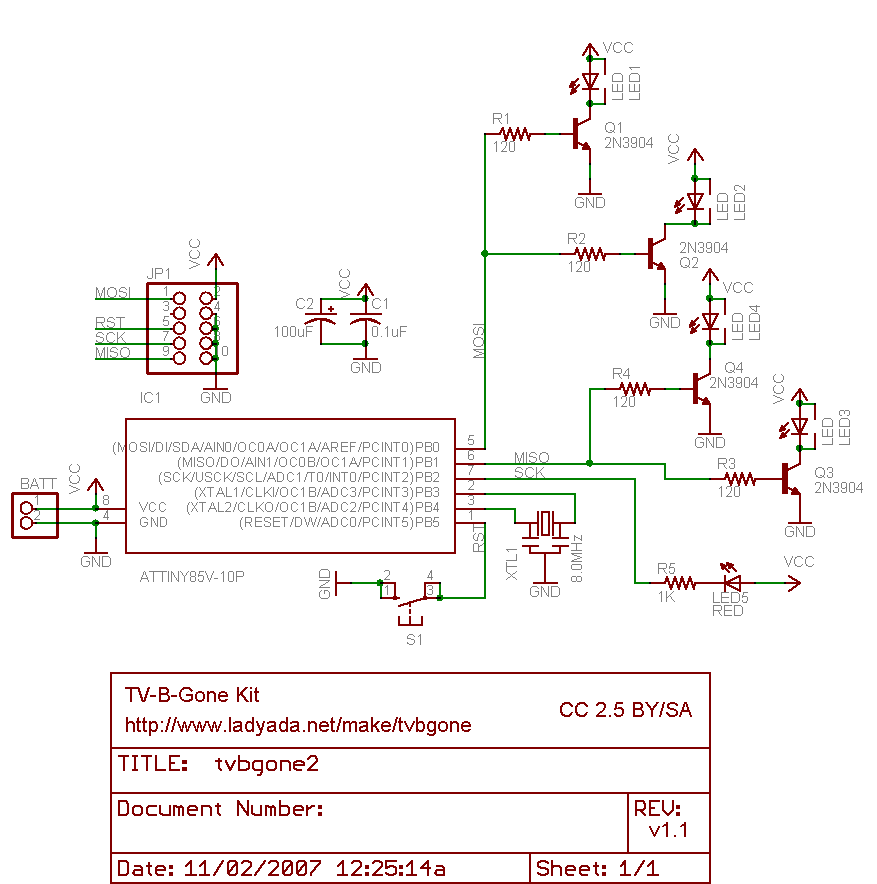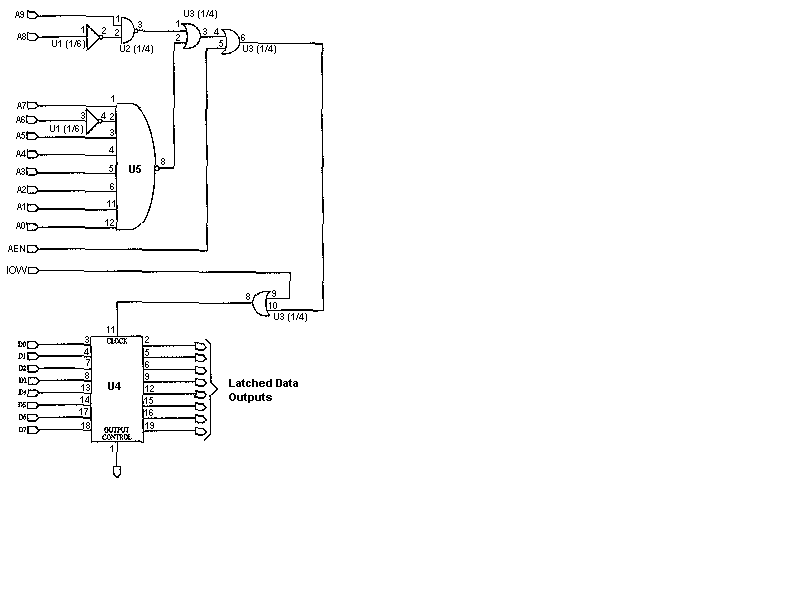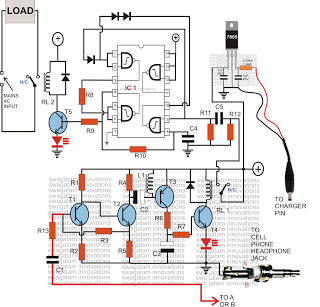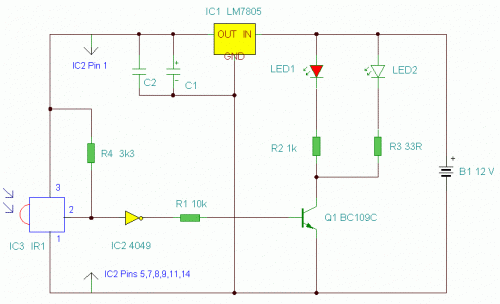
Why would an IR remote circuit use one resistor/transistor pair for each LED

Why use one resistor and one transistor for each LED instead of connecting the LEDs in series and controlling them with a single transistor? This approach is controlled by an Arduino pin through a single resistor. While there is a temptation to implement a configuration with approximately 32 LEDs, resistors, and transistors, it is essential to understand the reasoning behind this design choice.
Using a single transistor and resistor for each LED provides several advantages over a series configuration. First, individual control of each LED allows for greater flexibility in dimming and brightness adjustments. This is particularly beneficial in applications requiring varied lighting effects or patterns, as each LED can be independently modulated.
Moreover, connecting LEDs in series can lead to issues with current distribution. If one LED fails or has a different forward voltage drop than the others, it may affect the entire chain, resulting in uneven brightness or complete failure of the series string. By using separate transistors and resistors, each LED operates within its own circuit, ensuring consistent performance and reliability.
In terms of design, this approach simplifies troubleshooting. If an LED fails, the issue can be isolated to that specific LED and its associated components, rather than having to examine an entire series circuit. Additionally, this configuration allows for the use of different types of LEDs with varying voltage and current ratings, as each can be tailored to its respective specifications.
In summary, while chaining LEDs in series with a single transistor may seem like a simpler solution, the individual transistor-resistor pair for each LED offers enhanced control, reliability, and ease of maintenance, making it a preferred choice in many applications.Why have one resistor and transistor for each LED, instead of chaining the LEDs in series and controlling them with a single transistor which is controlled, in turn, by the arduino pin coming in through a single resistor I have no qualms about implementing the same way (frankly, I`m tempted to use about 32 LEDs, resistors, and transistors just for the hell of it, ) but I`d like to understand why it was done this way. 🔗 External reference
Using a single transistor and resistor for each LED provides several advantages over a series configuration. First, individual control of each LED allows for greater flexibility in dimming and brightness adjustments. This is particularly beneficial in applications requiring varied lighting effects or patterns, as each LED can be independently modulated.
Moreover, connecting LEDs in series can lead to issues with current distribution. If one LED fails or has a different forward voltage drop than the others, it may affect the entire chain, resulting in uneven brightness or complete failure of the series string. By using separate transistors and resistors, each LED operates within its own circuit, ensuring consistent performance and reliability.
In terms of design, this approach simplifies troubleshooting. If an LED fails, the issue can be isolated to that specific LED and its associated components, rather than having to examine an entire series circuit. Additionally, this configuration allows for the use of different types of LEDs with varying voltage and current ratings, as each can be tailored to its respective specifications.
In summary, while chaining LEDs in series with a single transistor may seem like a simpler solution, the individual transistor-resistor pair for each LED offers enhanced control, reliability, and ease of maintenance, making it a preferred choice in many applications.Why have one resistor and transistor for each LED, instead of chaining the LEDs in series and controlling them with a single transistor which is controlled, in turn, by the arduino pin coming in through a single resistor I have no qualms about implementing the same way (frankly, I`m tempted to use about 32 LEDs, resistors, and transistors just for the hell of it, ) but I`d like to understand why it was done this way. 🔗 External reference
Warning: include(partials/cookie-banner.php): Failed to open stream: Permission denied in /var/www/html/nextgr/view-circuit.php on line 713
Warning: include(): Failed opening 'partials/cookie-banner.php' for inclusion (include_path='.:/usr/share/php') in /var/www/html/nextgr/view-circuit.php on line 713





